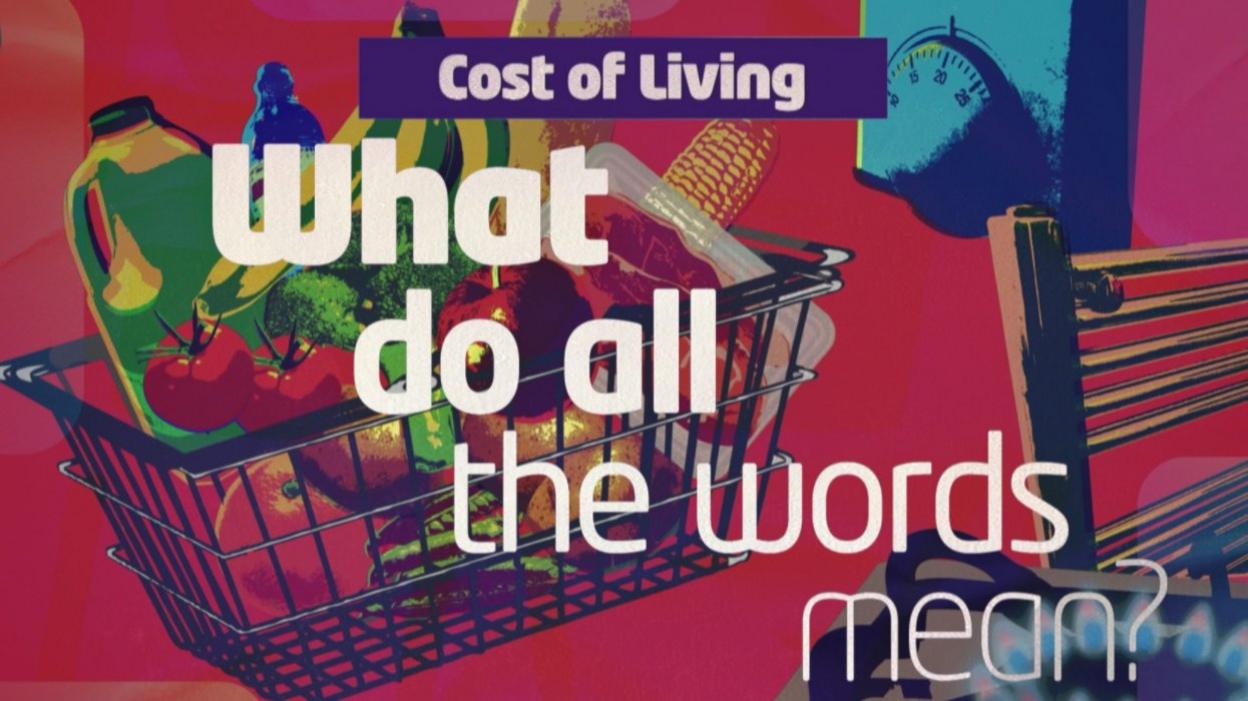Record number of children affected by homelessness in the UK
- Published
- comments
Watch our special programme about the record numbers of children in the UK who are homeless
Figures from the government show there are record numbers of children in the UK who are affected by homelessness.
Newsround has looked at government data in England, Wales, Scotland and Northern Ireland - and the number of children in temporary accommodation is rising in three out of four UK nations.
Housing charity Shelter has found that in England, a record 145,800 children were recorded as being homeless in 2024 - that is the highest it's ever been.
This has gone up by a record amount - a 15% increase since 2023.
The latest set of figures for Scotland show there were 16,263 children in households that were assessed as homeless or threatened with homelessness.
This is 10% higher than the previous year and is the equivalent to 45 children in Scotland becoming homeless every day.

Record numbers of children have no permanent place to call home
The statistics in Northern Ireland show that in July 2023, just under 4,600 children were living in temporary accommodation.
Around 3,000 of these children were aged nine and under, which has gone up by 88% since 2019.
Data in Wales is collected month by month. The latest figures released in January 2024, show 411 children under the age of 16 were put into temporary accommodation.
Eviction: forcibly moving someone out of where they live
Landlord: A person who owns a home but rents it out to a tenant
Tenant: Someone who rents a property
Rent: A tenant's regular (often monthly) payment to live in their landlord's property
Mortgage: A loan from a bank to help someone buy a property
If you cannot see the interactive, click here.
What is homelessness?
Being homeless means not having a home to call your own.
It can include things like 'sofa-surfing' at other houses while looking for a place to live, or someone sleeping on the street if they have absolutely nowhere to stay.
And, it also means families who are living in temporary accommodation.

People can become homeless for lots of different reasons.
If a person is unable to pay their mortgage or rent, it means eventually they could get evicted - forced to leave their home.
This could happen for many reasons, for example losing their job and not having enough money to pay their bills.
In the UK, the cost of living has increased, meaning buying or renting a house is more expensive.
There isn't enough affordable housing making it harder for many families to have a safe, secure home.
Every homeless person's story is unique to them; there might be any number of reasons why they are homeless.
It is important to remember that homelessness will rarely ever be a choice.
But homelessness looks a little bit different when you're a child.
It is against the law for any council to let anyone under the age of 16 go without a roof over their head.
This means that if a family with children under 16 can't afford where they're living anymore and would otherwise be homeless, their local council needs to put them in temporary accommodation.
What is temporary accommodation?

Temporary accommodations can be things like hotels and hostels
Temporary accommodation is somewhere homeless families with children under-16 can stay until their local council can find them a permanent place to live.
But they come in lots of different forms - temporary accommodations for people can be things such as hotels and hostels, or private apartments.
Crucially, they're not a permanent place to live, so people can be moved out at any time.
This means that families in temporary accommodation still don't have a place to truly call home, and are sometimes described as 'hidden homeless'.
Temporary accommodations often have a range of problems - from overcrowding to poor conditions, with things like mould on walls and ceilings, or pests, like mice and cockroaches.
Our Newsround Special, No Place To Call Home, tells the story of children around the UK who are living in temporary accommodation and how it affects their mental health.

Families are only supposed to stay in temporary accommodation for a short amount of time before they're moved to a permanent place to live.
If a council doesn't have enough temporary homes in their area, they sometimes put families in emergency accommodation such as a hotel or B&B.
Legally, this should only be for a maximum of six weeks, but many families report staying in them for longer.
Families can also be put in flats and houses owned by the council.
However, these places can often be unsuitable for the families, such as not having enough bedrooms.
As well as this, families can be told they have to move to another temporary location at any time.

It's also quite common for councils with not enough temporary accommodation to move families to other areas where there is more space - even to a far away area of the same city, such as a different London borough.
This can be very difficult as it can mean either changing schools or travelling a long distance to get to school, and being far away from family and friends.
What are no-fault evictions?

One of the leading reasons for homelessness is when someone has to leave a privately rented home.
Landlords can force people to leave the home they rent through something called a 'Section 21' notice - these are also known as no-fault evictions.
A Section 21 is a legal document that starts the process of evicting a tenant from a landlord's house.
A landlord can decide to issue a section 21 for any reason, even if the tenant is paying their rent on time and is otherwise treating the house well.
This is why it's often called a 'no-fault eviction'.
A landlord may decide to do this because they want the house back to live in themselves, or to sell it.
Find out more about how homelessness affects children by watching our programme here.
- Published23 February 2024

- Published18 November 2022

- Published15 November 2023

